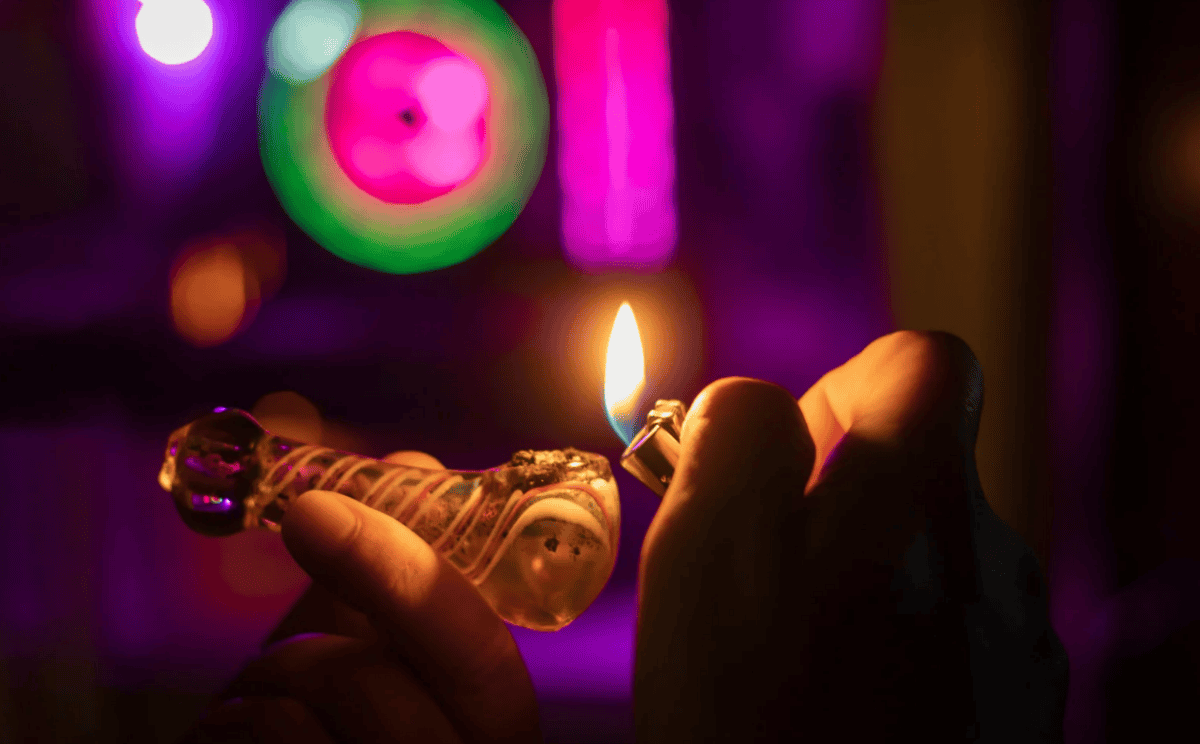Pipe and bong usage has become a cultural staple for many, but what’s going on in the mind of someone when they light up? Psychological perspectives offer fascinating insights into the behaviors and motivations behind using these tools. From the relaxing effects of cannabinoids to the social dynamics of smoking with friends, there’s much more at play than just inhaling smoke.
In this post, we’ll explore four key psychological perspectives on pipe and bong usage, examining how it affects the mind, social interaction, and even decision-making. Whether you’re curious or a regular user, this dive into psychology promises some intriguing insights.
Cognitive Dissonance and the Justification of Use
Cognitive dissonance theory suggests that when individuals engage in behaviors that contradict their values or beliefs, it creates mental discomfort. For some, the act of using pipes or bongs might conflict with societal views that label cannabis use as taboo or illegal.
To alleviate this discomfort, users may justify their behavior by rethinking or reframing their perspective on cannabis. This could manifest as a shift towards viewing cannabis as a wellness tool or a harmless form of recreation.
In this pursuit of enhancing the experience, many users opt for high-quality tools that improve functionality and appeal. As highlighted by the team behind Freeze Pipe, you can find a variety of beakers, bubblers, and recyclers on sale to elevate your smoking experience. This makes the act of using pipes and bongs feel more justified and enjoyable.

Social Influence and the Role of Peer Groups
Human behavior is strongly influenced by the groups we belong to, and social circles can significantly impact cannabis usage patterns. People often use pipes or bongs in group settings, bonding over shared experiences and rituals.
In this context, peer pressure or the desire to fit in may play a significant role in initiating use, particularly in younger individuals or those within certain social subgroups.
The communal aspect of smoking from a pipe or bong can create feelings of unity and acceptance. Over time, this social reinforcement can become a driving factor in continued usage, as it provides both a sense of belonging and validation within a social network.
The Relaxation and Stress-Relief Paradigm
One of the primary psychological motivations behind pipe and bong usage is the desire to relax and alleviate stress. Many users turn to cannabis for its calming and anxiety-reducing effects, which can help them disconnect from the demands of daily life. In fact, the act of smoking itself can become part of a ritual that signals to the brain that it’s time to unwind.
The soothing properties of cannabis are believed to reduce tension in both the body and mind, which is why pipes and bongs—especially those designed for smooth, enjoyable sessions—are often preferred. These tools help users maximize the relaxing experience, which, for some, becomes a coping mechanism for handling everyday stressors.
Conditioned Responses and Behavioral Patterns
Over time, individuals develop conditioned responses to certain stimuli, and this can apply to pipe and bong usage. For many regular cannabis users, the ritual of preparing and smoking from a pipe or bong becomes a conditioned behavior linked to feelings of relaxation or euphoria. The brain associates the act of smoking with a positive reward, reinforcing the behavior and making it more likely to be repeated.
Using a pipe or bong becomes more than just a casual activity—it evolves into a habitual practice that triggers psychological responses, both consciously and subconsciously. This repetitive cycle can strengthen the association between smoking and the positive feelings it brings, solidifying its role in the user’s daily or weekly routine.
The psychological perspectives on pipe and bong usage reveal the complex interplay between personal beliefs, social influences, and the desire for relaxation. Whether it’s through justifying use to reduce cognitive dissonance, bonding with peers, or the calming effects that become part of a routine, these factors shape how individuals approach cannabis consumption.
Understanding these dynamics can help normalize and contextualize the behaviors around pipes and bongs, providing a deeper appreciation for the psychological forces at play. Ultimately, each user’s experience is unique, but the underlying patterns are a fascinating part of the cannabis culture.


